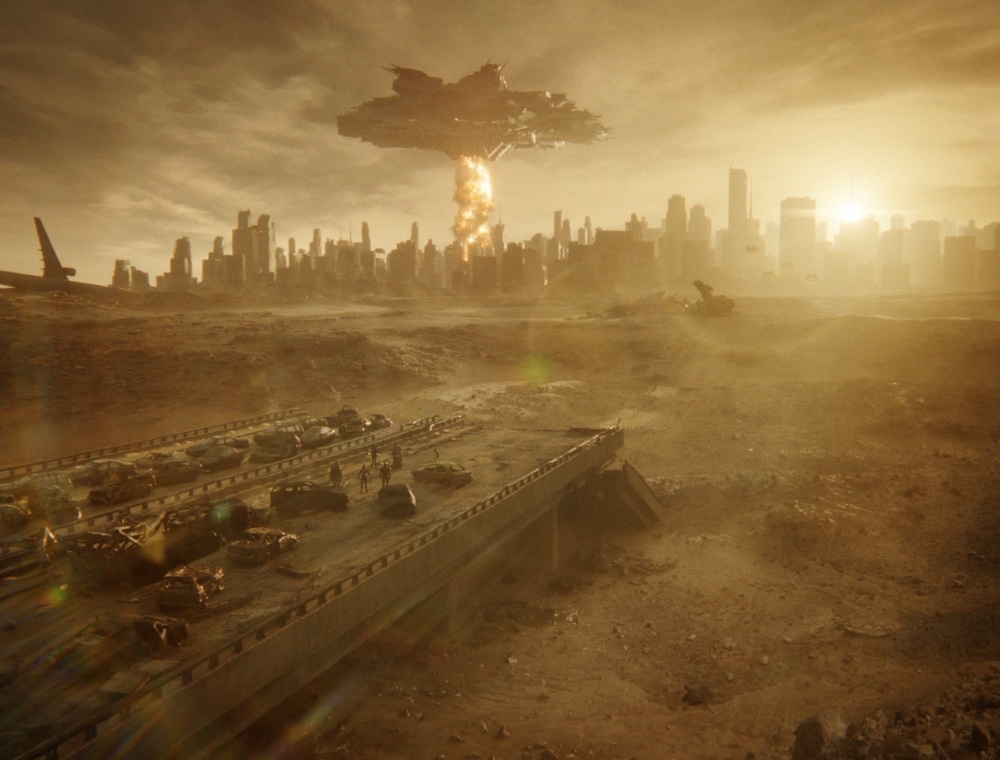
It seems like over the past three years, a topic of conversation superhero fans always return to is the constant urging for Warner Bros. to release “The Snyder Cut” aka director Zack Snyder’s original version of Justice League that the filmmaker had to walk away from before its November 2017 release. The film was finished by director Joss Whedon (Marvel’s The Avengers) with a series of reshoots, but the two-hour action film seemed to be missing a lot of what Snyder had been setting up with Man of Steel and Batman v Superman: Dawn of Justice and what Patty Jenkins had set-up with Gal Gadot in Wonder Woman.
It took a lot of convincing, but Warner Bros. finally relented and allowed Snyder to finish his version, the results being a four-epic action epic that premieres on HBO Max today.
If you’ve read our review, you know what an amazing achievement the movie is, not only in superhero storytelling but also in post-production as Snyder’s team had to figure out where things were left off before the director’s departure, finish literally thousands of unfinished VFX shots and put things back together in a cohesive way to satisfy the fans.
To find out how they dealt with the visual effects aspect, Below the Line spoke to three of the guys from Weta Digital that worked on ZSJL:
Visual Effects Supervisor Anders Langlands is a relatively new addition to Weta, having started there on War for the Planet of the Apes, before working on Ad Astra, Robert Rodriguez’s Alita: Battle Angel, and most recently, Disney’s Mulan. (You may remember our interview with him from last year.)
Visual Effects Supervisor Kevin Andrew Smith has been with Weta for 20 years, first working on Peter Jackson’s The Lord of the Rings: Fellowship of the Ring, specifically on the CG character Gollum, and then working on many great VFX movies like James Cameron’s Avatar. Smith is also Weta’s VFX Supervisor for the upcoming Godzilla vs. Kong.
Likewise, Animation Supervisor Simeon Duncombe has been working at Weta Digital since 2003, first as a Texture Artist on The Lord of the Rings: The Return of the King, and then continuing through films like Jackson’s King Kong, Rise of the Planet of the Apes, and Guardians of the Galaxy Vol. 2, also with Smith. He’s also the only one of the three who was working on Justice League going back to the 2017 version.

BTL: To say this is an interesting project would be an understatement. I’ve been to a few of Zack’s sets, and I know that he’s big on the VFX side of things from the very beginning with VFX people on set while he’s shooting. Did any of you go to set when he was shooting Justice League?
Anders Langlands: The first version in 2017, neither Kevin nor I were involved with directly, Simeon, you were on it. One of our colleagues was supervising the 2017 version, so I think he spent time out there shooting with DJ [John “DJ” DesJardin] who is Zack’s VFX Supervisor. I was just saying before that I did actually visit the set at one point after Joss was doing reshoots, because my wife was involved with the project. [chuckles]
BTL: Little did you know…
Langlands: Exactly. I laughed when they asked me if I was free to do this. “Oh, yeah, sure…”
BTL: I’m hoping to have a talk to DJ, too, because I think he’s working on the upcoming Godzilla vs. Kong…
Kevin Andrew Smith: It’s funny, because I supervised Weta’s GvK work here with DJ and Tamra, the Visual Effects Producer. It was literally the same team, who rolled from that into Justice League. We literally had a client call on one Friday where it was one movie and then a client call with the exact same client team the next Friday, but it’s a different movie. It’s fun to have that continuity with DJ, because he’s such a great guy to work with.
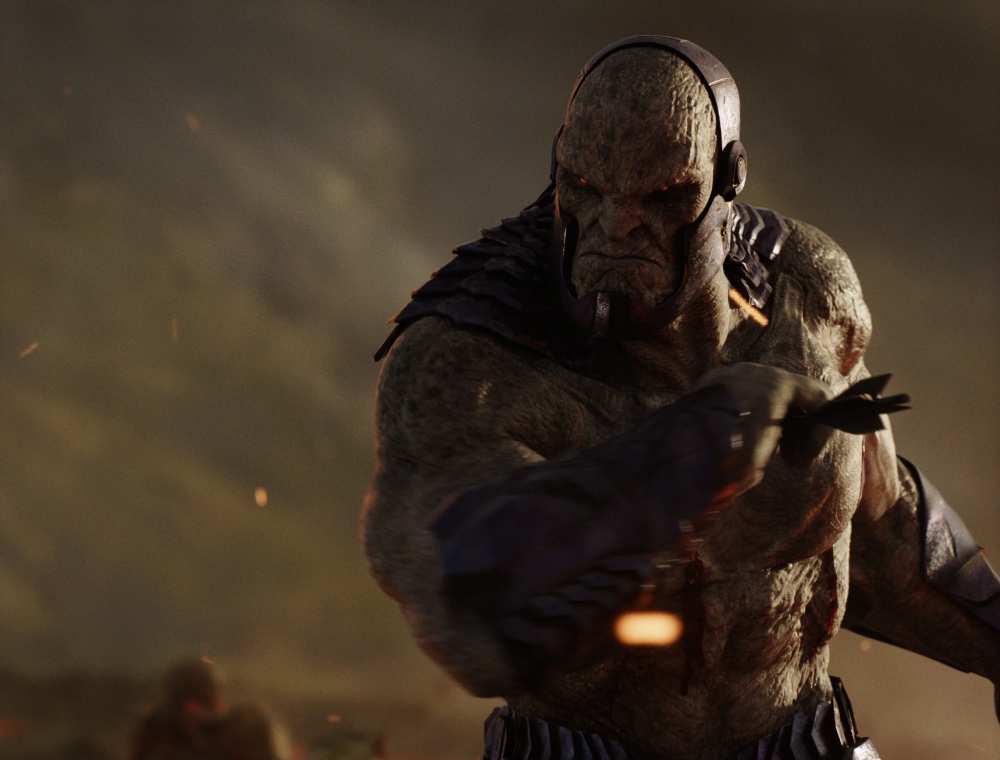
BTL: Something was finished in 2017, months before the movie was supposed to come out and before reshoots, and some shots didn’t have visual effects on it at all. When did you guys come on and what state was it in? Being a four-hour movie with VFX not finished, that’s a lot of work and a pretty fast turnaround, I’d imagine.
Langlands: Well, then we have to get everything back online from backup and actually get our heads around what actually needed to be done on the shots that were half finished in the first place. By the time we actually got into it, it was less than six months, a few months to actually do all of that work by the time we were actually prepared and ready to go. So it was a very short turnaround. It was hard piecing things back together again, to figure out where things were left off, and where we need to pick up from, what new assets needed to be built, what new sets needs to be built. Doing things sort of from scratch was easier in a lot of ways because It’s just, “Right, we know what we’re doing. Make this,” rather than trying to figure out “Why did we do it like that four years ago? How is this supposed to work?” Doing extensions of things that were already half built actually ends up being quite difficult, because you’re trying to marry up to something that already exists rather than just creating something new.
There was a lot of stuff that was already fleshed out in terms of posters and the cuts didn’t really change from the very first turnover that we got, which is kind of impressive, because that’s something that, particularly on superhero movies these days, these things tend to be in quite a state of flux until right at the end. The initial cuts that we received is basically pretty much what you see on the screen, I think, in terms of everything that takes place.
Simeon Duncombe: I distinctly remember, actually, the sheer number of turnovers that were happening so quickly. I’m like, I’ve never been on a show that has turned over this much stuff and this quickly. We had so many shots on our plate just like that. [snaps fingers]
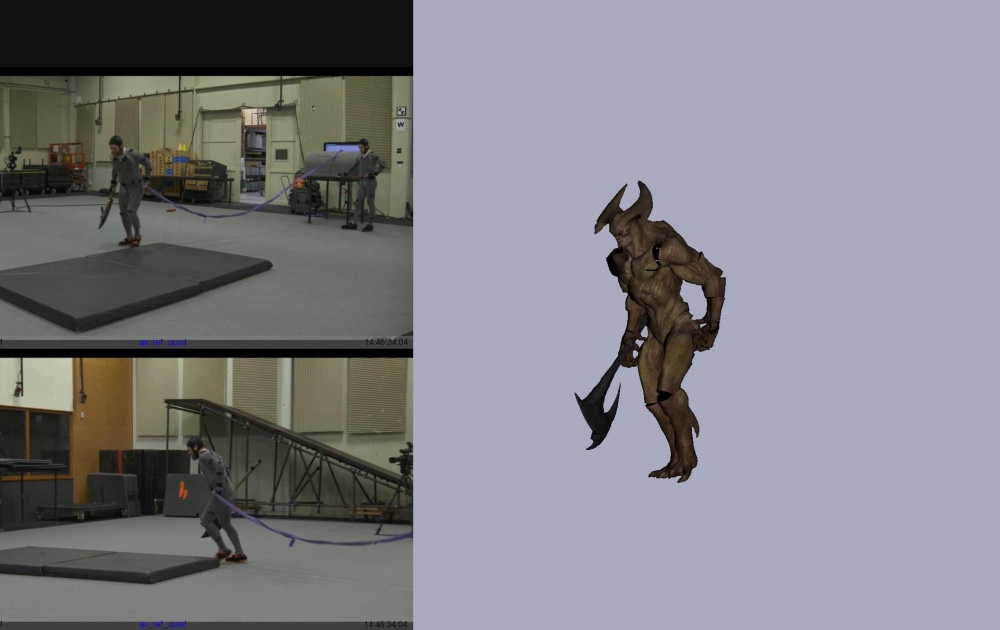
Langlands: Yeah, it was a race to get everyone moving and get started, because it was such a huge body of work in such a short space of time. But it was cool. There are so many great moments in those expanded scenes that were Zack’s original vision for it that we got to a.) revisit, b.) just flesh out these things that were sort of stripped down to their bare essentials, which is what the 2017 version was, going back in and adding more shots or picking up things that were left off. It was a great experience to be able to really like flesh those scenes out and make them into something more satisfying.
BTL: Were you sharing duties with another VFX house while you were working on finishing up this version?
Langlands: The main other ones were Scanline VFX, Double Negative.

BTL: Were they all working on the original version with Zack and then Joss, so they had to come back, and they had all these pieces that needed more work on them?
Smith: I would imagine that the clients, the filmmakers would try to make sure the people who did the work the first time were the people who did the work the second time, everyone’s schedule and technology and backups permitting. We did work on the the new version that wasn’t our work originally, so I think there was some of that, but obviously, especially for the work we did where we’re flushing out sequences, like Anders was just talking about, it’s obviously easier for the people who did the work initially to add to that sequence, because you just bring it back online and go from there.
BTL: I’m a little fuzzy on post-production in terms of how the workflow goes. Does the edit have to be done before you start working on something just so you’re not spending time doing VFX on a scene that won’t make the cut? Would they be editing together scenes without VFX?
Langlands: You normally get your first turnover, which is what we call it when the client sends you the cuts and says, “These are your shots.” That normally happens just after the first director’s cut with other shows, the first version to the studio right. Those will be put together normally with some kind of posters or like some quick work based on like the pre-vis to sort of flesh out the visual effects shots, which will be normally be done by an in-house team. So you’ll get a cut from the client that’s essentially the sequence with some visual representation of what they’re after for the shots already in it, such as a quick Avid bash comp, and then you’ll start working on those shots from there. Normally, what happens is that will change, to a greater or lesser extent over the course of the post-production period, depending on the needs of the production.
Smith: The nice thing about Weta, it being a full-service kind of visual effects house, is for a lot of the work, even in Justice League, where you have big runs of all digital shots, we try to replicate that filmmaking process and we’ll have animation go on set and do motion capture and then we’ll animate all the shots. We go our takes long so that it’s post-vis, but you’re basically giving shots and plates back to the client who then can go in editorial and play around with the edit and decide where they want to cut stuff in. Now that we’ve given them options and alternate takes, the different performances we give them, and that helps them especially when you have a lot of digital shots. It helps them make decisions, and you give them enough material that they can find the answer in there, and they can find the creative answer for that sequence. Sometimes it’s a, “Hey, we don’t need this shot.” Sometimes, it’s “Wouldn’t it be great if we had this. We need a beat, we need a moment here that does this performance,” and then we can go back on the motion capture stage and visualize that for them. I love it, because you get this more collaborative process than, “Here’s our plates, go for it.”
BTL: Obviously, the biggest scenes are the fights with Steppenwolf, and these scenes are hugely VFX-heavy, and maybe all CG or VFX in some scenes. They’re also extended in Zack’s version, so were there already edited versions of those scenes that just need to have VFX finished?
Smith: Ordinarily, when you get a turnover from a client with a sequence like that, you’re just getting really rough pre-vis. They have a general idea of what they want. For the Russian melée sequence, the third act battle, that got pretty far along on Zack’s version in 2017, before the movie changed, so it was really interesting to get that turnover, because there was some normal stuff that you get — title cards and rough pre-vis. There were also animation takes, there were semi-final shots, there was a lot of stuff that had gotten pretty far along, which is nice, because it gave a flavor, kind of the seed of what that sequence needed to be, and then we just had to follow along with Zack as he worked to expand it out into what you’ve see in the new version.
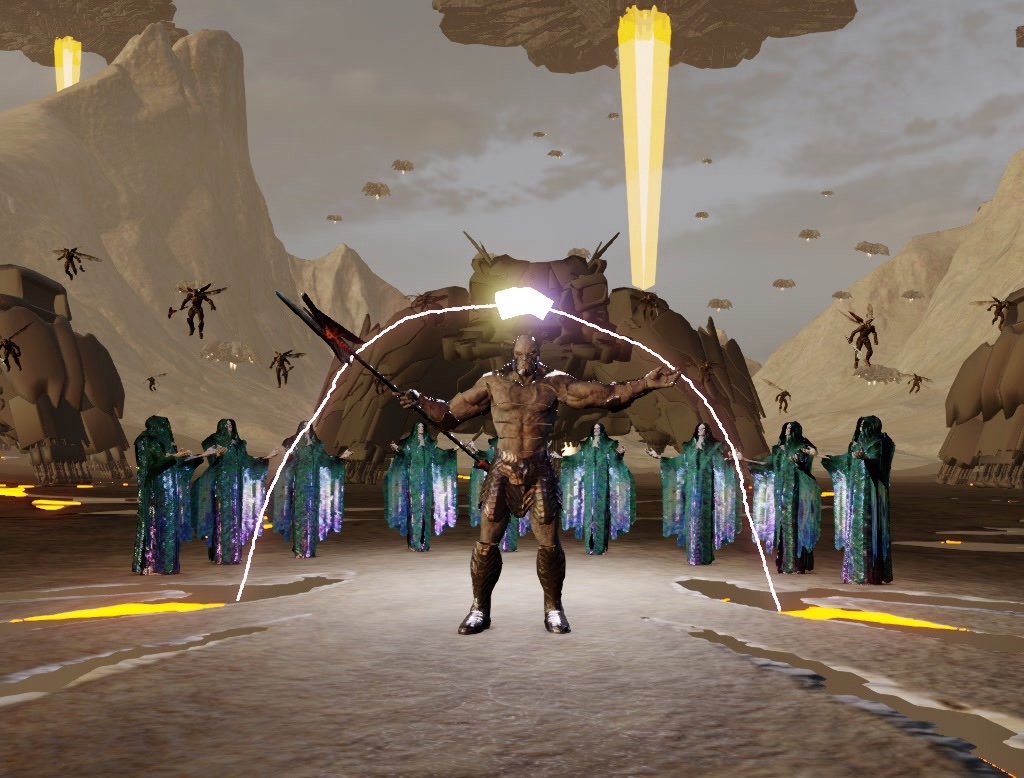
Duncombe: I think the challenge from animation’s perspective was just making that all feel cohesive, finally. Because you’ve got — as Kevin mentioned — a mixed bag of shots in those templates, so it was our challenge to break down. It was a bit of a head scratcher when you’re watching it just to figure out what the geography of a particular fight sequence was, particularly when it’s constructed from multiple sources and different timelines. I think that was just the main challenge is just taking all that information down onto the mocap stage and figuring out what our staging would be and the choreography, as well, making sure that we were aware of where all the action was going and where it was coming from. Obviously, the fight evolves and starts from upstairs and the platform collapses and the fight’s downstairs and then back upstairs and you don’t know your north from your south. And personally, we always like to have a really good understanding of the geography of a scene, because it affects how lighting can set up down the track and that sort of thing. It also comes from a storytelling and just being good to watch, but internally, it’s also good practice for us to make sure that we’ve got our ducks in a row, so that it all works smoothly down the pipeline for all the relative departments.
BTL: Even in the flashback sequence, which is just so amazing in this version, because in the 2017 cut, you just see bits and pieces of this epic battle. Did you get to do any more work on some of the CG-only characters? Obviously, Darkseid and Desaad aren’t in the 2017 version at all, but was there any semblance of them already done?
Duncombe: Yeah, I think Desaad actually existed as well.
Smith: Desaad and Darkseid, again before the film changed in 2017, there had been a fair amount of work done on those characters, because they had initially meant to be in the movie. For us, when everything came back online, it wasn’t a question of starting from scratch. The design was pretty set in 2017, so we just had to carry on and take that work to its conclusion visually, so that the characters look good, which is kind of nice, not having to start completely from scratch.
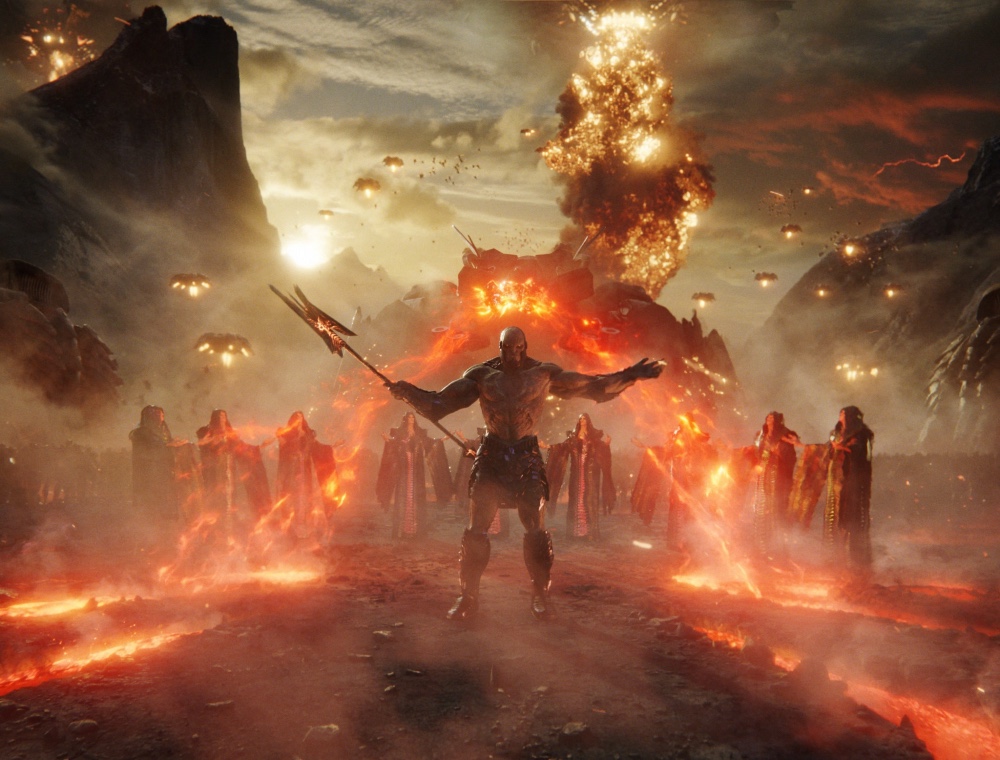
BTL: This seems like one of those projects where me doing an interview will do justice to what needed to be done to finish this. I do want to ask about Steppenwolf and if more work was done on fleshing out the character visually, because he really looks amazing and quite different from the 2017 version, so were you able to do more work on him that maybe wasn’t finished before?
Smith: Yeah, it was really great. I mean, obviously, the change in design that happened in 2017 was when they had gone away from the tease that you see in the end of Batman vs. Superman, the Steppenwolf design, and they had gone with this more humanoid humanistic thing. Going back to the original design was really interesting, getting the active armor and he’s got the cool iridescence going on and obviously he’s got extra thumbs and odd proportions, like all the things you that you see about him visually I think are interesting. But I think the more interesting thing was like the visual changes and the difference in his character, lending itself, not lending itself, but the knock-on effect of that was that you get a different performance. I think the really interesting thing was, it was the stuff that Simeon on animation did with relaying that difference in character, not only visually, but in the performance.
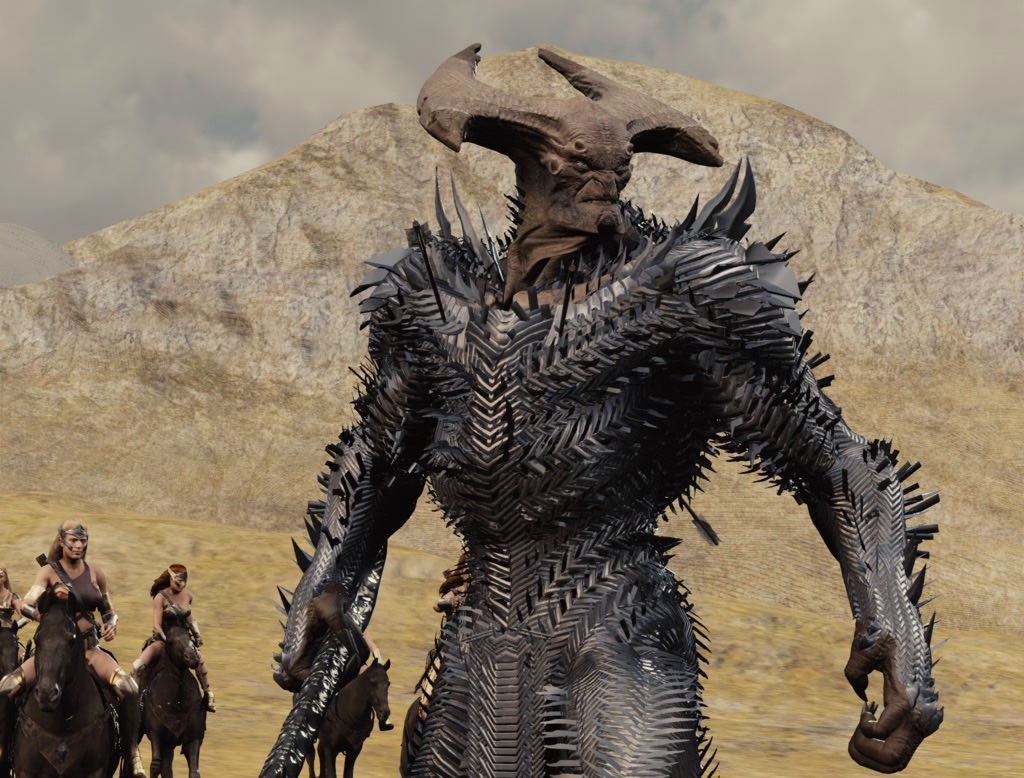
Duncombe: It was exciting to see the extent of shots, Steppenwolf was going to be featured in this version of the film as well. In 2017, it was just action, action, action and a couple of lines of dialogue. But this time around, he’s got that whole sequence where he’s talking back to Desaad and Darseid on the interdimensional obelisk – we don’t have an official name for it – but that scene there I was really excited about it, because we get to dig a little bit deeper into the character and capitalize on Weta’s ability to give a lot of emotion and depth to characters as well. You want to explore these bad guys, too. You want to hear their backstory and know their purpose, and it engages the audience. So beyond the action, I really enjoyed the opportunity to get into the more emotive performance of this guy as well. But as Kevin said, the design change influenced so much more than just the visual.
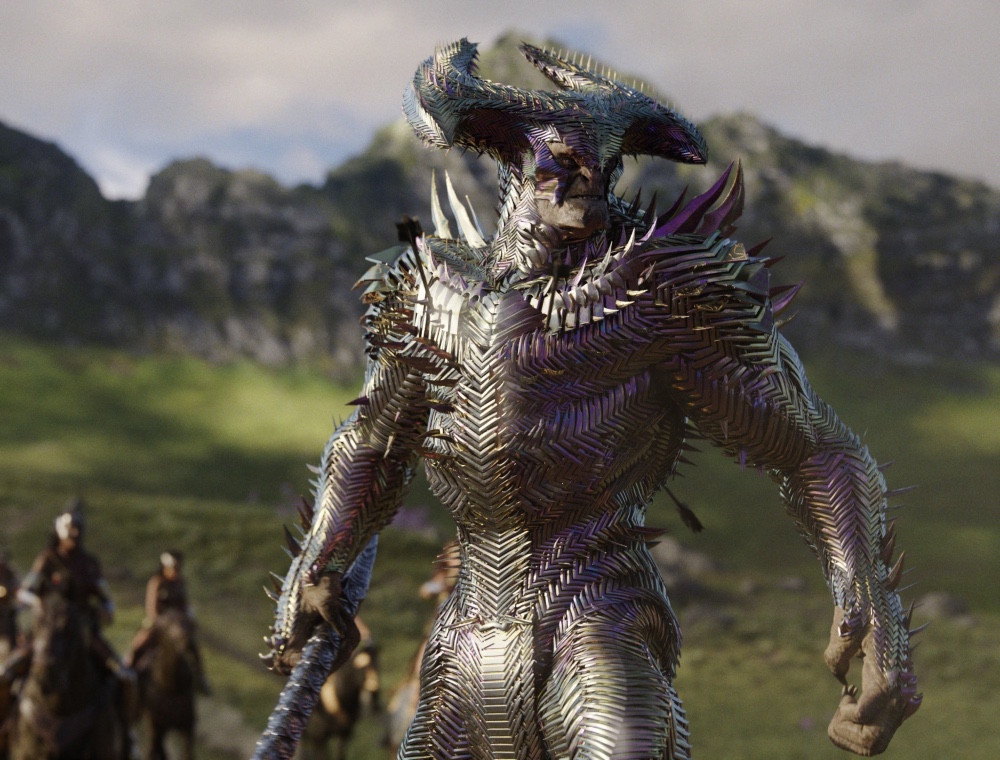
BTL: He seems more menacing and you can get more into his head, especially in the fight with Aquaman and Mera, I completely forgot that happened in the 2017 movie. When I watch now it’s like this guy might be tough for Superman to beat him. In other words, there’s a very good reason for having a Justice League to fight him in this version.
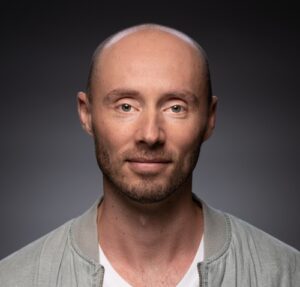
Duncombe: Exactly. For me, personally, seeing the difference between the 2017 Themyscira battle and the 2021 version is that he goes in and he demolishes them. He puts that whole thing down in the ocean and kills so many Amazons. So you’re like, “Yeah, he’s serious business,” so when he’s taunting Wonder Woman later in the film about why wasn’t she there to protect their sisters and that sort of stuff. You’re like, “Yeah!” There’s some real motivation here.
Langlands: It hits a lot harder.
Duncombe: Yeah, totally.
Smith: I like, too, that even in the final battle, even at the end, because he takes a beating, he has a bit of a rough day, but the great thing is he becomes not just this bad guy but hearing his backstory, I feel like at the end of that, he becomes a bit of a sympathetic character. He’s not just a comic book bad guy — he’s not two dimensional — he becomes a character that you can relate to a little bit. He’s just trying to make his boss happy.
Langlands: Yeah, he’s trying not to get fired. [laughter]
Smith: He has a family to feed. None of that happens without the design change, without the change in performance, in addition of the sequences we did where you have that conversation and just fleshing him out as this character.
Duncombe: From my experience in 2017, I quickly looked at how many new Cyborg shots were we facing. I knew Cyborg was difficult, and the return on investment on Cyborg isn’t that high, because he takes so much effort to get a CG onto a live action character. If that track is a little bit out, you can see it and that stuff was difficult, but since since we did the 2017 version, Weta has worked on plenty of projects facing similar technical challenges. I think we’ve gotten a bit better at that process. Regardless of the extra shots, I think they weren’t as painful as they were the first time.
Smith: We did final shots in 2017 with Cyborg so when all the data came back, we had a digi double that we just had to make sure worked with the new technology and was up to scratch. We did have to up-res his face. There’s a shot when the boxes are exploding, we push in really close to a digital version of the character. We did have to give that a little love, so it worked, because it’s such a close up shot. Luckily, like Darkseid, we weren’t starting from scratch. We were just picking up where the previous iteration left off.
BTL: I know that Zack has always said that Cyborg was the heart of the film and that Geoff Johns is a fan, since he brought Cyborg into the Justice League in the first place. Lastly, I’m wondering what each of you would like people to pay attention to when they watch the movie, maybe when they go back to watch it a second time.
Langlands: We didn’t put any little Easter eggs in this one either. Sometimes, we like to.
Smith: No, there wasn’t time.
Langlands: I think just for me it was the history lesson seeing that flashback with the whole face-off with Green Lantern and the Gods and Darkseid, I thought was really cool, that action beat that. But you’re not going to miss that first time around.
Smith: I think it’s the same thing. We worked really hard at getting the overall thing to work and getting detail in there. I think it’s story detail or visual detail to make sure things are believable. As far as little things you’re going to pick up on on second viewings, I would just hope that we’ve put enough detail in there to keep you interested in the multiple viewings and for there will always be little tiny things that you’ll pick up as you watch it more than once.
Duncombe: It’s such a visually complex film, and a lot of these sequences have so many characters, and we have such large teams working on all that sort of stuff, and they’re paying attention to the secondary characters and the deep background characters, and they’re all doing something that’s being considered so you’re just hoping that people start to appreciate everything beyond the hero characters I suppose, because there is a lot of effort that is put in beyond the hero performance that you’re looking at on first watch.
Zack Snyder’s Justice League is now streaming on HBO Max. Check out our review from earlier in the week.
All stills and VFX shots courtesy of HBO Max/Warner Media. (Click on images for larger versions.)





